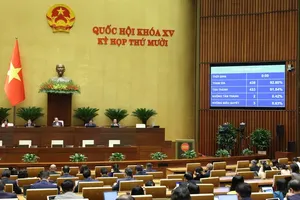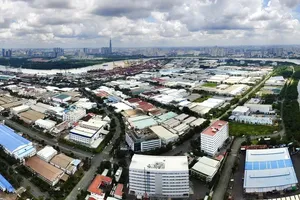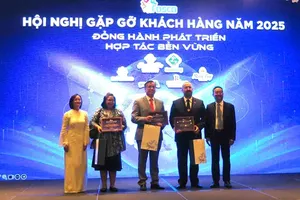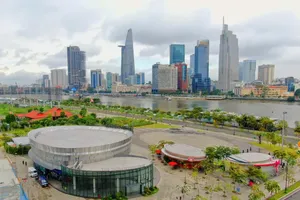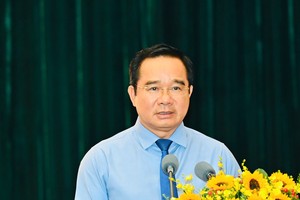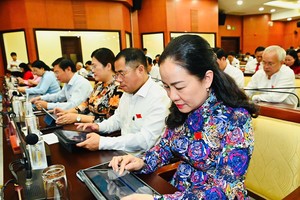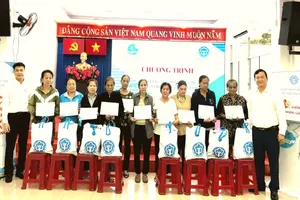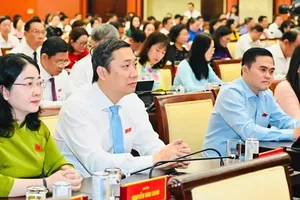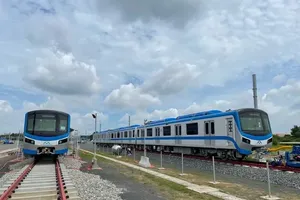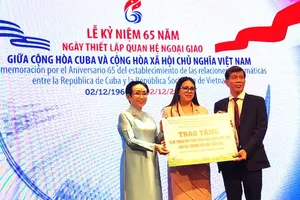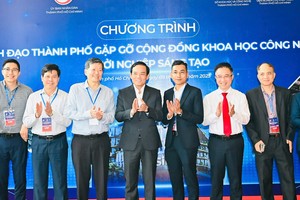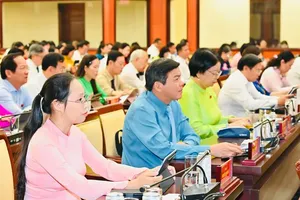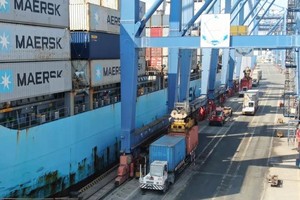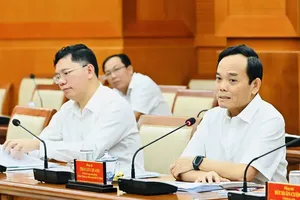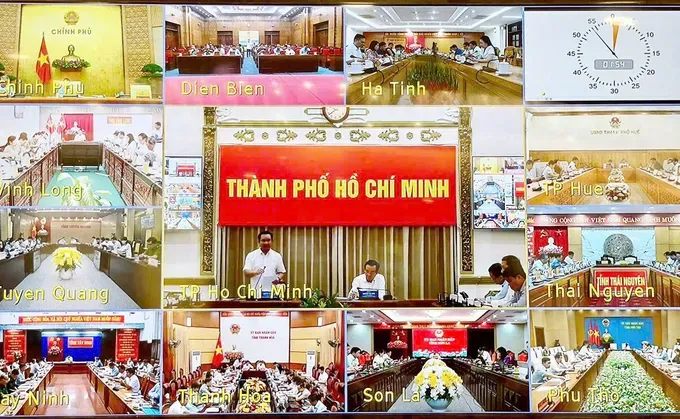
Speaking at the meeting, Chairman of the Ho Chi Minh City People’s Committee, Nguyen Van Duoc, presented a comprehensive report to the central government, outlining the city’s key policy directions and development targets.
On behalf of the Ho Chi Minh City administration, Chairman of the Ho Chi Minh City People’s Committee, Nguyen Van Duoc, expressed his appreciation to the Government and Prime Minister for the timely and swift implementation of National Assembly Resolution 22 on the establishment, operation, management, and supervision of special mechanisms and policies for an international financial center in Ho Chi Minh City and Da Nang.
He also welcomed the Government’s endorsement of a policy allowing the city to work closely with relevant ministries and agencies to revise and supplement National Assembly Resolution 98/2023/QH15 on special mechanisms and policies for the development of Ho Chi Minh City to accelerate the city’s growth. These efforts, he noted, will lay the groundwork for the city to pursue more robust and sustainable growth in the coming years.
According to the city’s Chairman Nguyen Van Duoc, despite facing significant challenges over the first seven months of the year, stemming from both global economic headwinds and internal structural pressures, the city achieved several positive socio-economic outcomes.
He attributed this progress to the resolute leadership of the central government and the close, hands-on direction of the Standing Committee of the Ho Chi Minh City Party Committee, the municipal People’s Committee, which has managed to steer the local economy effectively amid difficult circumstances.
Several key indicators have met or exceeded targets. The city's GDP growth rate, excluding the oil and gas sector, reached 7.49 percent. Total budget revenue stood at VND474 trillion (US$18.1 billion), achieving 70.5 percent of the annual target.
Regarding public investment disbursement, Ho Chi Minh City has allocated a total of VND151 trillion (US$5.8 billion), equivalent to 27 percent of the amount assigned by the central government. Of that, VND56 trillion (US$2.1 million) has been disbursed, reaching 37 percent of the city’s plan and 47 percent of the target set by the Prime Minister.
Regarding the two-tier local government system, Ho Chi Minh City has implemented the model promptly and in accordance with directives from the central government. All 168 communes, wards, and special zones across the city are operating smoothly, ensuring uninterrupted services for both residents and businesses.
In addition, the city has fully implemented administrative procedures decoupled from geographic boundaries for households in all 168 local administrative units. Organizations and businesses are currently applying the model at 38 locations, with plans to complete citywide implementation by September.
The Chairman of the Ho Chi Minh City People’s Committee said that while the initial rollout of the two-tier local government model has shown certain challenges remain. In the first month of implementation, a total of 3.49 million administrative dossiers were processed nationwide, with Ho Chi Minh City accounting for 405,000, equivalent to 11.6 percent of the national total.
Ho Chi Minh City has also experienced signs of system overload. The number of user access requests has surged significantly; however, infrastructure investment has not kept pace. As a result, the transmission network has faced capacity constraints, leading to delays in the processing of certain administrative dossiers.
At the commune level, there is a shortage of specialized personnel, with varying levels of expertise across different units. Technical staff have been transferred from district to commune levels but have not been evenly distributed among all communes, wards, and special zones. This has resulted in localized gaps in expertise, particularly in areas such as land management, construction, site clearance, and project implementation, causing difficulties and delays in administrative processes.
Notably, there is significant overload on the position of the Deputy Chairman in charge of the Public Administration Center at the commune level. This situation has impacted the effectiveness of management operations.
The Chairman of the Ho Chi Minh City People’s Committee emphasized that the city aims to achieve an economic growth rate of 8.5 percent in 2025. The city has outlined several key priorities, including continued oversight and rectification of issues arising from the first month of implementing the two-tier local government system; focused efforts on urban planning; and the organization of Party Congresses at various levels within the city’s People’s Committee.
Additionally, Ho Chi Minh City plans to accelerate public investment, striving to achieve 100 percent disbursement of public investment capital by the end of the year. The city will also advance the establishment of the International Financial Center and vigorously implement the revised provisions of Resolution 98.
Following Chairman Nguyen Van Duoc’s remarks regarding the overload situation of the Vice Chairman in charge of the Public Administration Center at the commune level, Standing Deputy Prime Minister Nguyen Hoa Binh acknowledged that this issue is widespread nationwide. He urged the Ministry of Home Affairs to review the situation and propose solutions, recommending that the matter be included in the resolutions of the Government’s July regular cabinet meeting to ensure a unified approach across the country.



